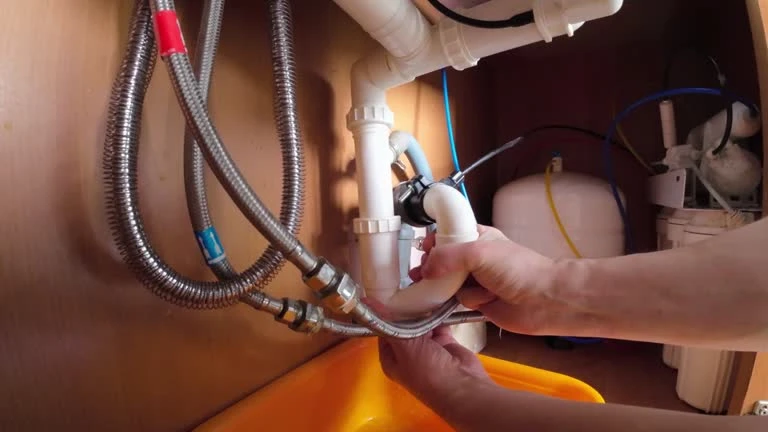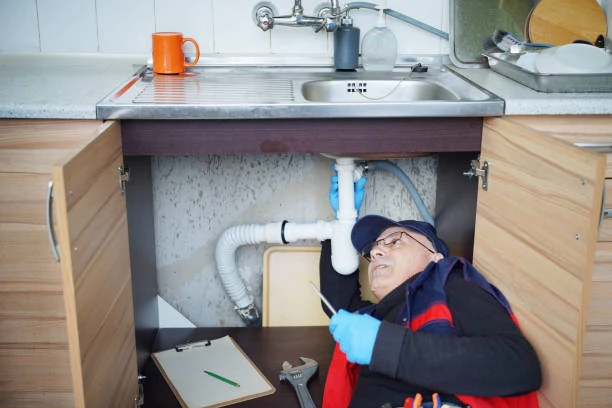Introduction to Ball Valves in Gas Transmission
Ball valves play a crucial role in gas transmission systems. They control the flow of gas efficiently and safely. Their design allows for quick shut-off and reliable sealing. In high-pressure applications, ball valves become even more important. They must withstand significant pressure and provide a tight seal. Understanding how to select and install these valves is essential for operational safety and efficiency. This article will explore the selection criteria, installation procedures, and best practices for high pressure ball valves in gas transmission systems.
Importance of Selecting the Right Ball Valve
Choosing the right ball valve is critical for gas transmission. A high pressure ball valve must match the specific requirements of the system. Operators should consider factors such as pressure ratings, temperature limits, and gas type. For instance, natural gas may require different materials than corrosive gases. Additionally, the valve’s size must align with the pipeline dimensions. A mismatch can lead to flow restrictions or leaks. Therefore, engineers must carefully assess each application to select the most suitable valve. This careful selection process enhances safety and system performance.
Key Specifications for High Pressure Ball Valves
When selecting high pressure ball valves, several key specifications must be considered. First, the pressure rating indicates the maximum pressure the valve can handle. Common ratings include ANSI 150, 300, and 600. Second, the temperature rating defines the range of operational temperatures. Materials used in construction, such as stainless steel or carbon steel, affect these ratings. Third, the valve connection type is essential for compatibility with existing piping systems. Options include flanged, threaded, and weld-end connections. Finally, operators should evaluate the valve’s flow characteristics. High performance in terms of flow rate and pressure drop is essential for efficient gas transmission.
Installation Procedures for Ball Valves
Proper installation of ball valves is crucial for optimal performance. First, ensure that the work area is clean and free from debris. This prevents contamination during installation. Next, verify that the pipeline and valve are compatible in terms of size and pressure rating. Align the valve correctly with the pipeline to avoid stress on the body. Use appropriate tools to tighten the connections, ensuring a secure fit. For high pressure ball valves, follow manufacturer guidelines regarding torque specifications. After installation, perform a thorough inspection to ensure everything is aligned correctly. Proper installation minimizes the risk of leaks and operational failures.
Testing and Commissioning New Installations
After installing a high pressure ball valve, testing is essential. Conduct pressure tests to verify the integrity of the installation. A hydrostatic test can help identify any leaks or weaknesses in the system. Ensure that the valve operates smoothly through its full range of motion. This step confirms that there are no obstructions or alignment issues. Additionally, check for any unusual noises during operation. These may indicate potential problems that need addressing. Once testing is complete, document the results for future reference. Proper commissioning ensures that the valve and system function as intended.
Maintenance Practices for Ball Valves
Regular maintenance is vital for the longevity of ball valves in gas transmission systems. Operators should establish a routine inspection schedule. This schedule should include visual checks for leaks, corrosion, and wear. Lubrication of moving parts helps maintain smooth operation. For high pressure ball valves, using the right type of lubricant is crucial. Some lubricants may not perform well under high pressure or extreme temperatures. Additionally, operators should test the valve’s functionality periodically. This includes exercising the valve to prevent sticking. Timely maintenance prevents unexpected failures and extends the life of the valve.
Troubleshooting Common Issues
Despite proper installation and maintenance, issues may arise with ball valves. Common problems include leaks, sticking, and failure to open or close. If a high pressure ball valve leaks, first check the connections for tightness. If the leak persists, inspect the seals and gaskets for damage. Sticking can occur due to debris or corrosion. Regular cleaning and lubrication can often resolve this issue. If the valve fails to operate, check the actuator or handle for obstructions. In some cases, the valve may require recalibration or replacement. Addressing these issues promptly ensures safe and efficient gas transmission.
Conclusion
In conclusion, the selection and installation of ball valves in gas transmission are critical for system efficiency and safety. High pressure ball valves must meet specific requirements to perform effectively. Proper installation and regular maintenance enhance their reliability. Additionally, troubleshooting common issues can prevent operational failures. By following best practices in selection, installation, and maintenance, operators can ensure the safety and efficiency of gas transmission systems. Investing in high-quality ball valves and adhering to these guidelines supports successful gas transmission operations.
IFAN Products international standards
IFAN products strictly adhere to a comprehensive range of international standards, encompassing ISO 15874, EN 15874, ASTM F2389, DIN 8077/8078, GB/T 18742, NBR 15884, ISO 15494, EN ISO 15494, GB/T 19472, NBR 15494, ASTM 2846 (501), DIN 8079/8080 (502), ASTM F441/F441M SCH80 (503), DIN (504), DIN (505), GB/T 18993, AS/NZS 1477, CSA B137.6, NSF/ANSI 14, TIS 17-2532/1131-2535, BS 3505, BS 4346 (801), ASTM D1785 SCH40 (802), ASTM D1785 SCH80 (803), DIN (804), GB (805), GB (806), GB(901), DWV(902), ASTM D2665 (903), along with ASTM D2241, D2665, D2729, and F441/F441M series, ISO 1452, EN ISO 1452, DIN 8061/8062, GB/T 10002, AS/NZS 1477, JIS K6741, CSA B137.3, and other national and industry norms.
Connect
IFAN is a Chinese manufacturer of plastic pipes, fittings and valves with 30 years of experience. If you are interest in IFAN copper fittings, copper valves, plastic pipes and fittings, please contact us. IFAN offers you a variety of standard pipes to meet your specific needs. Click below to learn more about IFAN’s wide range of affordable and cost-effective valve products and piping system related products.
We will reply your email or fax within 24 hours.
You can call us at any time if there is any question on our production.
For more information,pls visit our webside https://waterpipefitting.com/
Pls Mailto: [email protected]
Whatsapp: + 86 19857948982














Recent Comments